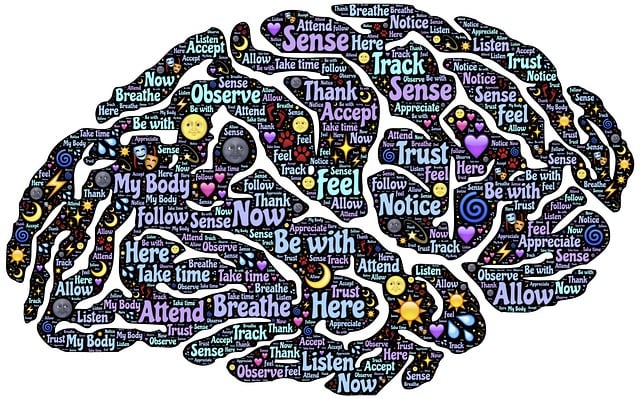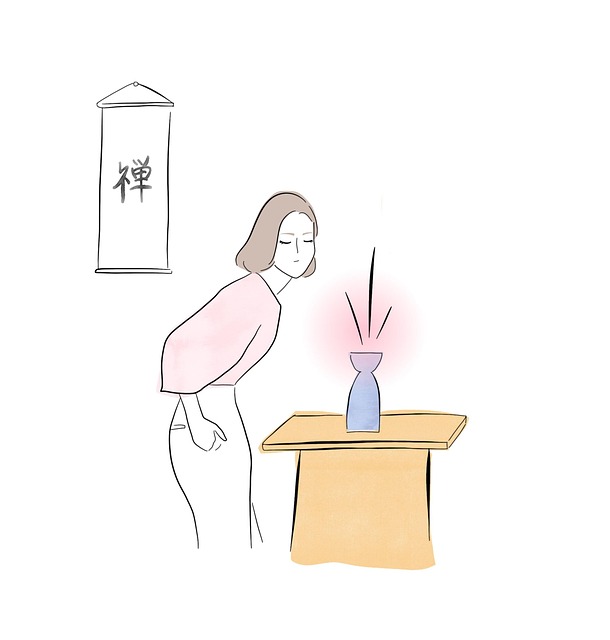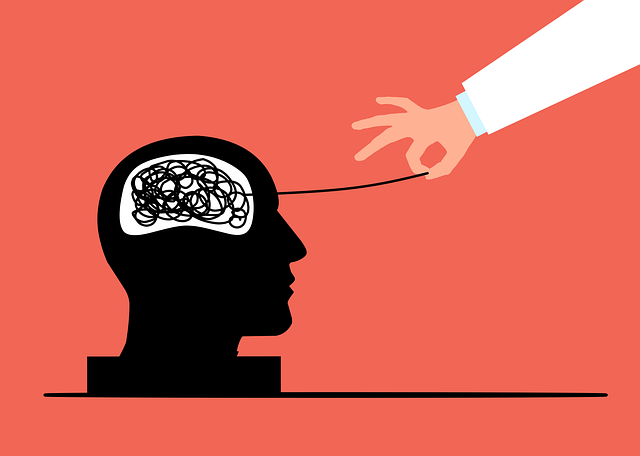Healthcare provider burnout, particularly among young adults, is a growing concern impacting patient care and well-being. This complex issue stems from high-stress environments, heavy workloads, and lack of support. Effective strategies to prevent burnout include positive thinking, crisis intervention, self-care promotion, work-life balance advocacy, and supportive professional environments. Therapy, including Mental Wellness Coaching Programs and Mindfulness Meditation, is vital. Independent Medical Evaluations (IMEs) play a crucial role in identifying stress triggers and offering tailored solutions, enhancing job satisfaction and preventing burnout. Organizations can combat burnout by fostering supportive work environments, implementing workload management initiatives, promoting self-care practices, and encouraging a culture of respect and recognition.
Healthcare provider burnout is a growing concern, impacting not only individual well-being but also patient care. This article explores comprehensive strategies to prevent burnout among healthcare professionals, focusing on young adults. We delve into the role of therapy, the potential of independent medical evaluations as early intervention tools, and practical work-life balance strategies. Additionally, we highlight the significance of fostering supportive work environments to combat burnout effectively. By understanding and addressing these aspects, healthcare organizations can create a more sustainable and resilient workforce.
- Understanding Burnout Among Healthcare Providers
- The Role of Therapy in Preventing Burnout for Young Adults
- Independent Medical Evaluations: A Tool for Early Intervention
- Work-Life Balance Strategies for Healthcare Professionals
- Fostering a Supportive Work Environment to Combat Burnout
Understanding Burnout Among Healthcare Providers

Burnout among healthcare providers is a growing concern, affecting not only individual practitioners but also patient care and the overall well-being of medical communities. It’s essential to recognize that burnout isn’t merely physical exhaustion; it encompasses emotional detachment, depersonalization, and reduced personal accomplishment. This complex condition often arises from prolonged exposure to high-stress environments, heavy workloads, and a lack of support systems, especially among young adults navigating their careers in the demanding healthcare sector.
Understanding burnout requires delving into its underlying causes. For instance, young adults undergoing therapy for stress management or seeking independent medical evaluations (IMEs) might uncover factors contributing to their mental fatigue. Burnout prevention strategies for healthcare providers should focus on fostering positive thinking, implementing crisis intervention guidance, and promoting a culture of self-care, all while advocating for better work-life balance and supportive professional environments.
The Role of Therapy in Preventing Burnout for Young Adults

For young adults working in healthcare, burnout is a significant concern. Therapy plays a crucial role in preventing this by addressing the underlying mental health issues that can lead to exhaustion and detachment. Independent Medical Evaluations (IMEs) can be a gateway to tailored therapy options, offering a comprehensive assessment of an individual’s psychological state and identifying specific triggers for stress or burnout.
Beyond traditional talk therapy, Mental Wellness Coaching Programs and Mindfulness Meditation have gained prominence as effective tools. These programs encourage self-care practices, resilience building, and healthy coping mechanisms, fostering better mental health awareness among young adults in healthcare professions. By integrating these strategies into their routine, individuals can enhance their ability to manage stress, improve job satisfaction, and ultimately prevent burnout.
Independent Medical Evaluations: A Tool for Early Intervention

Independent Medical Evaluations (IMEs) serve as a powerful tool for early intervention in healthcare provider burnout prevention, especially when targeted at young adults. These evaluations provide an objective assessment of a provider’s mental and emotional well-being, identifying potential signs of stress, fatigue, or distress that may be overlooked in the fast-paced healthcare environment. By incorporating IMEs into routine practice, particularly for those seeking therapy for young adults, healthcare organizations can proactively address burnout risk factors.
Through comprehensive IMEs, healthcare professionals can gain insights into individual coping mechanisms, self-care practices, and conflict resolution techniques. This early identification allows for tailored interventions, including suggestions for improving work-life balance, enhancing self-care routines, and providing access to appropriate therapy or counseling services. By integrating these strategies, healthcare providers can develop sustainable resilience against burnout, ensuring they are equipped to deliver quality care for years to come.
Work-Life Balance Strategies for Healthcare Professionals

Maintaining a healthy work-life balance is essential for healthcare professionals to prevent burnout. Young adults, in particular, face unique challenges that require tailored strategies. Encouraging self-awareness exercises and mental health policy analysis and advocacy can empower them to set boundaries and prioritize their well-being. By integrating therapy into their routines, they can develop coping mechanisms to manage stress effectively.
In addition, cultural sensitivity in mental healthcare practice is vital for creating supportive environments. Healthcare providers should be equipped with the knowledge and skills to address the diverse needs of patients from various backgrounds. Independent medical evaluations can also play a crucial role in identifying burnout risks and offering personalized solutions, ensuring professionals maintain a healthy balance between their demanding careers and personal lives.
Fostering a Supportive Work Environment to Combat Burnout

Creating a supportive work environment is a pivotal strategy to combat burnout among healthcare providers, especially young adults navigating their careers. This involves fostering an atmosphere that prioritizes mental well-being, encourages open communication, and promotes a healthy work-life balance. Organizations can implement various initiatives such as regular staff meetings to discuss workload management, providing resources for self-care practices like mindfulness meditation, and organizing workshops on stress mitigation techniques. These efforts aim to empower employees to recognize when they need help and encourage them to seek support, whether through therapy for young adults or independent medical evaluations.
Additionally, leaders should actively promote a culture of respect and recognition, boosting the confidence of healthcare providers. Implementing feedback mechanisms and celebrating achievements can significantly enhance job satisfaction. By integrating self-care practices into the workplace, organizations can ensure their employees maintain resilience, reducing the risk of burnout and fostering a more sustainable and dedicated workforce.
Healthcare provider burnout is a complex issue, but by implementing targeted strategies, it can be effectively mitigated. As discussed, therapy plays a pivotal role in supporting young adults dealing with stress and emotional exhaustion. Additionally, independent medical evaluations act as valuable tools for early intervention, allowing for prompt addressing of underlying issues. Fostering a supportive work environment that prioritizes work-life balance is crucial to combat burnout. By combining these approaches, healthcare organizations can create a more sustainable and healthy professional landscape, ensuring providers remain dedicated and engaged in patient care.












